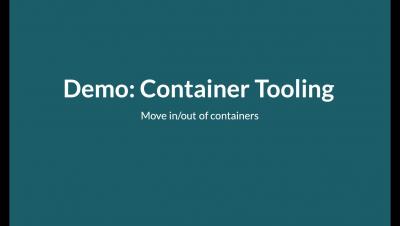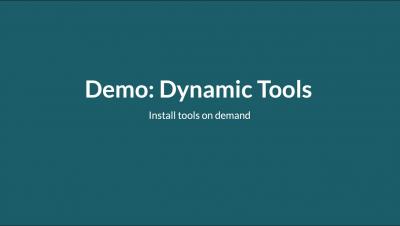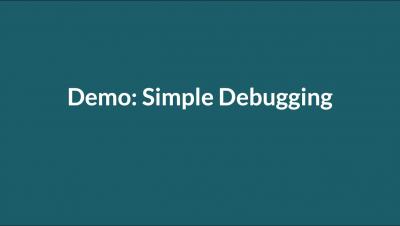How to Get Your Elixir Application Ready for CI/CD
In today’s post, we’ll go over what continuous integration and continuous delivery are, the benefits that come along with employing CI/CD, and some best practices that you should follow. We’ll also explore a wide array of Elixir ecosystem tools that can help you create top-notch CI pipelines. In order to experiment with a handful of the tools that we will be discussing, we’ll use a Git hooks Elixir library to execute our CI/CD validation steps, but on our local machine.











